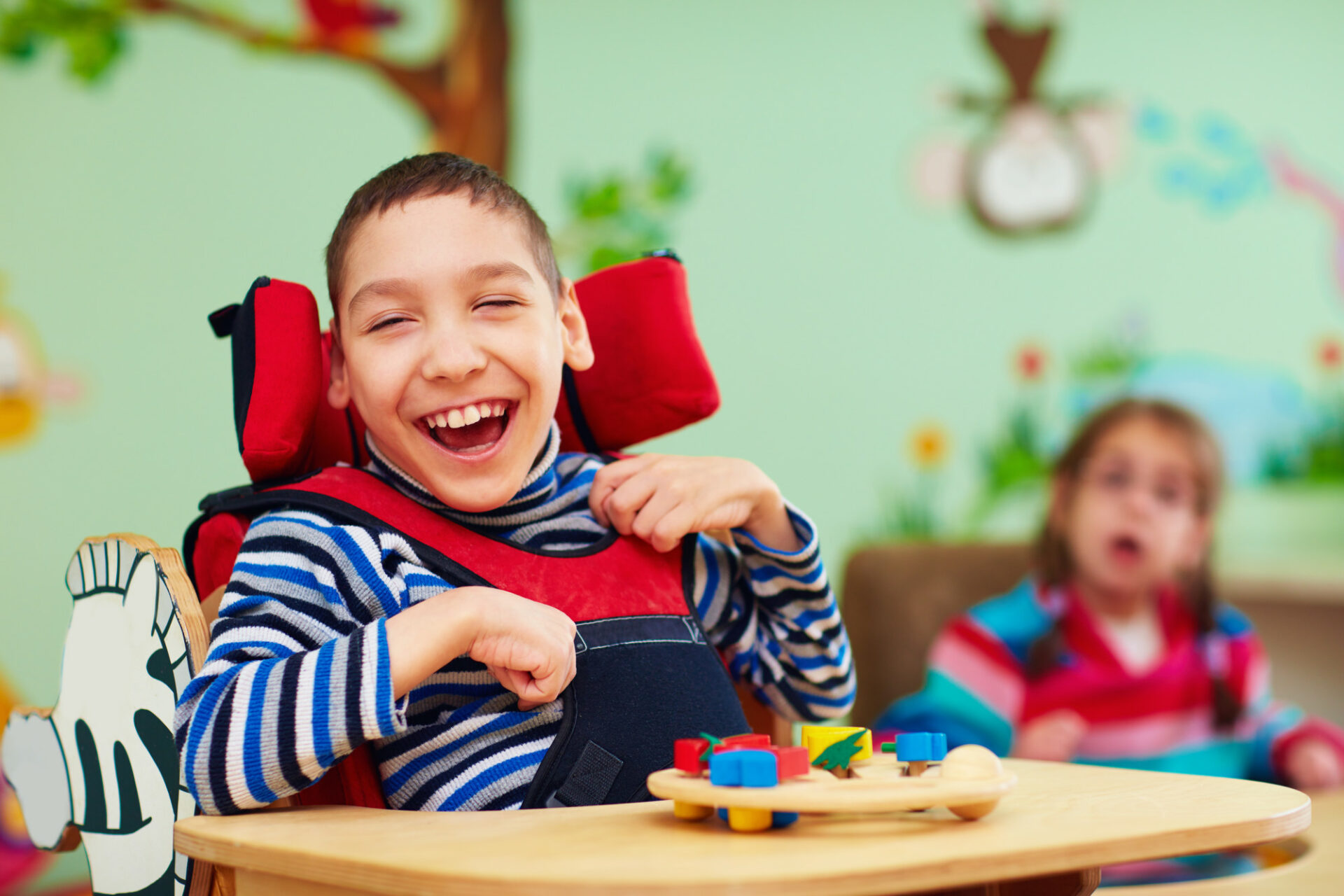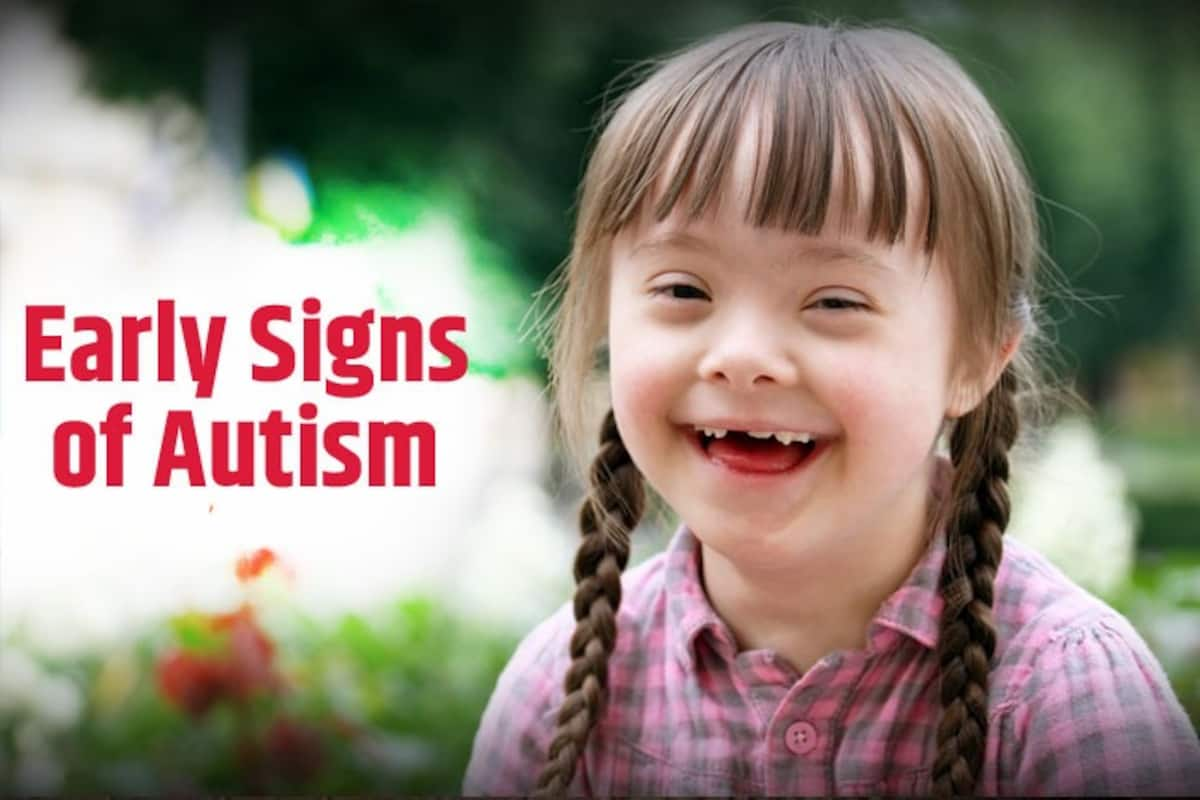The Effect of Very Early Intervention on Children with Autism: What Parents Need to Know
The Effect of Very Early Intervention on Children with Autism: What Parents Need to Know
Blog Article
Exploring Autism: Strategies for Reliable Communication and Interaction
Reliable interaction and interaction with individuals on the autism range require a comprehensive understanding of their special demands and preferences. Strategies such as using clear language, using visual supports, and cultivating constant routines can significantly improve interaction and reduce anxiety. In addition, identifying the relevance of non-verbal cues and shared rate of interests leads the way for purposeful connections. The details of these methods disclose further considerations that warrant exploration, particularly in just how they can be adapted to individual experiences and diverse contexts. What might these adjustments look like in method?
Understanding Autism Range Problem
Autism Range Condition (ASD) includes a series of neurodevelopmental conditions identified by obstacles in social communication, interaction, and recurring behaviors. The term "spectrum" mirrors the varied symptoms and varying degrees of extent experienced by people with ASD. While some may exhibit significant problems, others might present high-functioning attributes, permitting for higher freedom in day-to-day live.
The start of ASD commonly takes place in very early youth, with signs typically well-known by age 2. Early indications might include postponed speech advancement, limited eye get in touch with, and problems in understanding social signs. Although the precise etiology of ASD stays vague, research study suggests a mix of ecological and genetic factors plays a crucial duty in its growth.
As an outcome, interventions and support customized to specific needs are vital for cultivating interaction and social skills. Acknowledging the intricacy of ASD is essential for promoting awareness, acceptance, and efficient approaches that facilitate meaningful interactions with people on the range.

Value of Clear Communication
Efficient communication is crucial for fostering understanding and link, particularly for individuals with Autism Spectrum Problem (ASD) Clear communication not just helps with social interactions however also boosts the individual's capacity to express their needs, feelings, and thoughts. For individuals with ASD, the subtleties of language can usually be challenging; consequently, using uncomplicated and unambiguous language is vital.
Moreover, clear communication helps in reducing disappointment and anxiousness that might occur from misconceptions. When messages are conveyed in a consistent and direct fashion, individuals with ASD are much better geared up to analyze information precisely, which can dramatically enhance their social engagement and involvement in numerous setups.
Establishing routines and making use of visual supports can even more boost clear interaction. These approaches provide people with foreseeable structures that assist understanding and retention of details. In addition, actively being and listening patient during interactions advertises an encouraging environment where people with ASD really feel valued and recognized.
Ultimately, focusing on clear interaction not just empowers people with ASD but also fosters more meaningful links with their peers, caregivers, and the bigger community, leading the way for inclusive communications and collaborative partnerships. - autism
Non-Verbal Interaction Strategies
Interaction expands past words, and for people with Autism Spectrum Disorder (ASD), non-verbal hints play a considerable function in interactions. Non-verbal communication techniques can include facial expressions, motions, body language, and eye contact, all of which function as vital components for communicating basics intentions and feelings.
Recognizing and interpreting these non-verbal signals can enhance communications with people with ASD. As an example, a warm smile or open position can produce an inviting environment, motivating engagement. Likewise, making use of visual aids-- such as image cards or icons-- can connect communication voids and assist convey messages better.
It is likewise important to be conscious of personal room, as individuals with ASD may have various comfort levels regarding closeness. Observing their reactions to physical distance can notify appropriate adjustments.

Producing Helpful Environments
Creating a supportive environment is critical for cultivating favorable communications and improving the well-being of people with Autism Spectrum Condition (ASD) Such environments can substantially minimize stress and anxiety and create a feeling of safety and security, enabling individuals to express themselves extra openly.
To accomplish this, it is vital to consider sensory level of sensitivities that people with ASD may experience. Changing the physical room to include soft illumination, marginal background sound, and comfy seats can create a calming ambience. Furthermore, using regular routines and clear aesthetic timetables can aid individuals anticipate transitions and minimize uncertainty, more promoting convenience.
Social areas should be structured to lessen overwhelming stimulations while offering opportunities for involvement in favored tasks. Promoting areas marked for quiet time can additionally offer as a sanctuary throughout moments of stress and anxiety. Notably, incorporating aspects of option equips people, allowing them to work out agency in their atmosphere.

Urging Social Interactions
Fostering social communications among individuals with Autism Spectrum Disorder (ASD) calls for willful methods that prioritize comfort and interaction. Establishing foreseeable regimens can help in reducing stress and anxiety, making social settings extra approachable. Developing organized environments with specified roles and obligations permits individuals to involve without the overwhelming stress of disorganized social dynamics.
Integrating passions and strengths into social tasks can work as a driver for interaction. Organizing group activities around shared hobbies or topics of attraction can help with all-natural conversations and connections. Furthermore, making use of aesthetic assistances, such as social manuscripts or pictorial timetables, can help in comprehending social signs and assumptions.
Modeling proper social actions is vital - autism. Peers and grownups should demonstrate reliable interaction strategies, including active listening and turn-taking. Role-playing situations can likewise give a risk-free area for people to exercise these skills
Finally, cultivating peer connections via inclusive techniques is important. Urging inclusive playdates or team getaways can develop opportunities for socializing in a comfortable setting. By applying these caretakers, educators and strategies can considerably improve social interactions for people with ASD, advertising their general social growth and wellness.
Final Thought
To conclude, effective interaction and communication strategies are vital for sustaining individuals with Autism Range Condition. Emphasizing clear language, incorporating non-verbal hints, and developing foreseeable regimens significantly enhance interaction and reduce anxiety. Creating helpful environments cultivates safe Read More Here social communications, while urging shared passions assists in significant links. Ultimately, these methods encourage individuals with autism to browse social landscapes, promoting their total well-being and making it possible for the development of long lasting partnerships.
Efficient interaction and interaction with individuals on the autism range demand an extensive understanding of their special demands and preferences. Clear communication not only assists in social interactions but also improves the person's capacity to express their feelings, demands, and thoughts.Promoting social communications among individuals with Autism Range Condition (ASD) calls for willful strategies that prioritize convenience and involvement. By carrying out these teachers, strategies and caretakers can considerably boost social communications for people with ASD, promoting their total social advancement and well-being.
In final thought, effective communication and communication approaches are essential for sustaining people with Autism Range Disorder.
Report this page